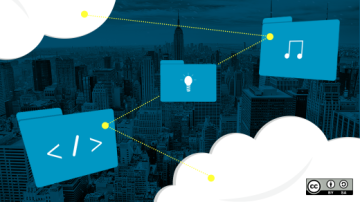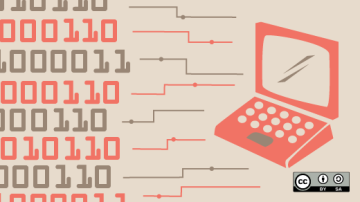
Kedar is a Software Quality Engineer at Red Hat working with CloudForms(upstream ManageIQ) project and primarily looking at deployment/management of our internal infrastructure. Interested in Jenkins Pipeline and Ansible for automating deployments. Also writing Shinken modules for Monitoring and Alerting. In his free time he likes to Travel, watch interesting videos, learn about new technologies.







Authored Comments
Welcome :)
Hey Greg, there are few more articles I wrote about Git that you may find helpful. https://opensource.com/user_articles/131551/131551
Also, pull request is called such, because when you want your code to be merged in someone else's project you request them to "Pull" it in. Hence its called Pull Request. :) Upstream is the Repo that is usually owned by someone else and you want to contribute to it.
Lastly, Remote is just a term that is used to signify the name of the URL you interact with. If you clone a git repo, you can run
git remote -v
and you will see all remotes, which usually would be called "Origin" by default. And when you run command like :
git push origin xyz
git pull origin xyz
that origin is substituted with actual URL so git knows where to push the code.
Hope it helps.